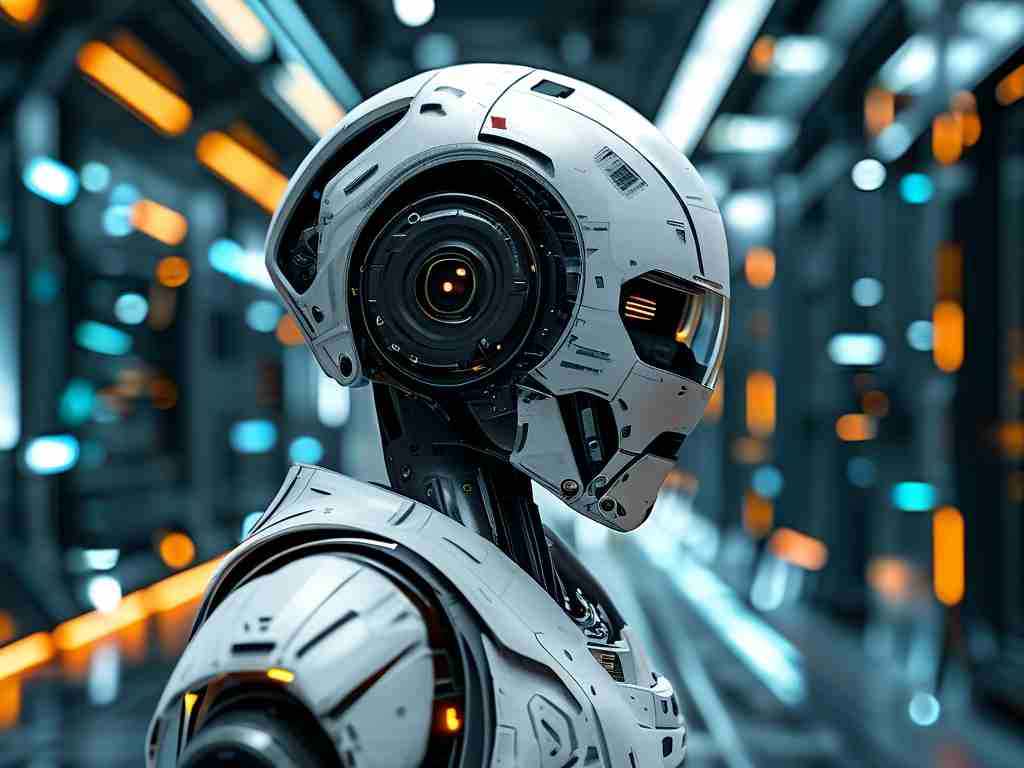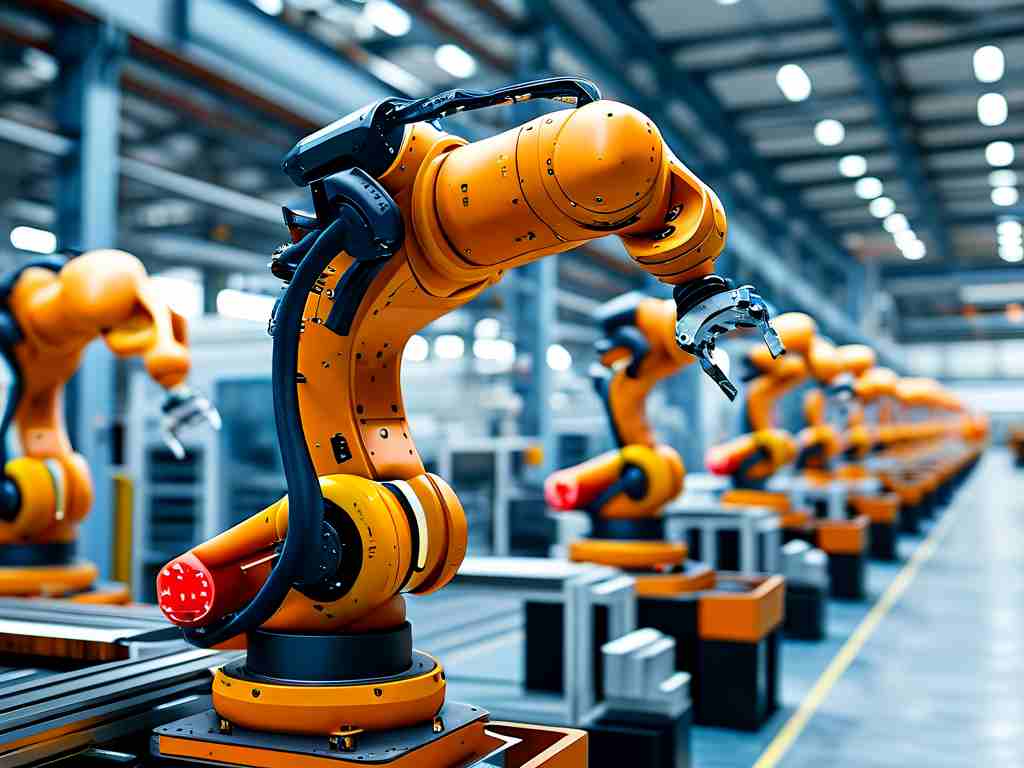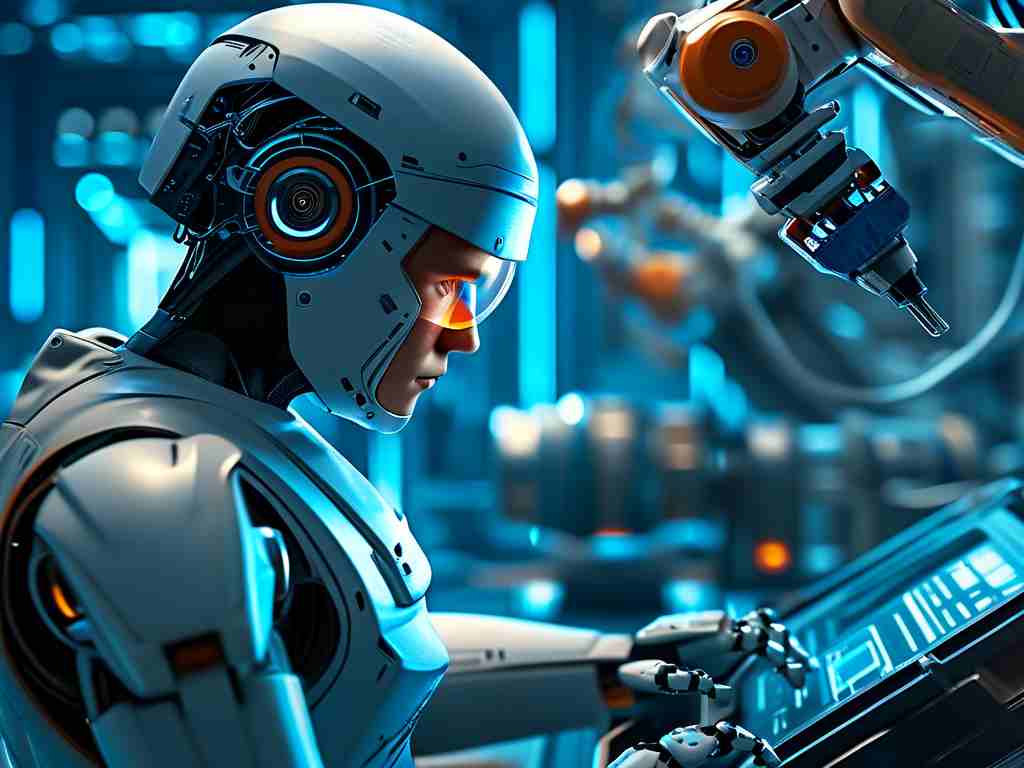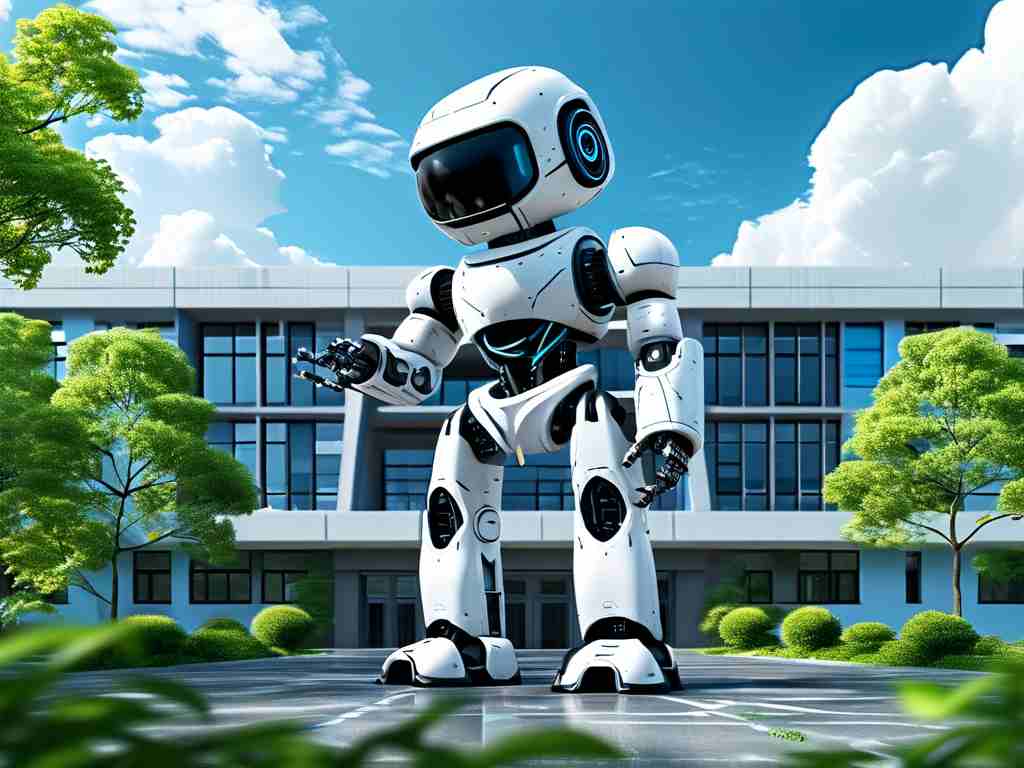The field of robotics engineering stands at the intersection of innovation and practicality, combining mechanical design, artificial intelligence, and human-centered problem-solving. As industries increasingly rely on automation and intelligent systems, robotics technology has emerged as one of the most dynamic and interdisciplinary fields of study. This article delves into the expansive domain of robotics engineering, exploring its academic structure, real-world applications, and the transformative potential it holds for the future.
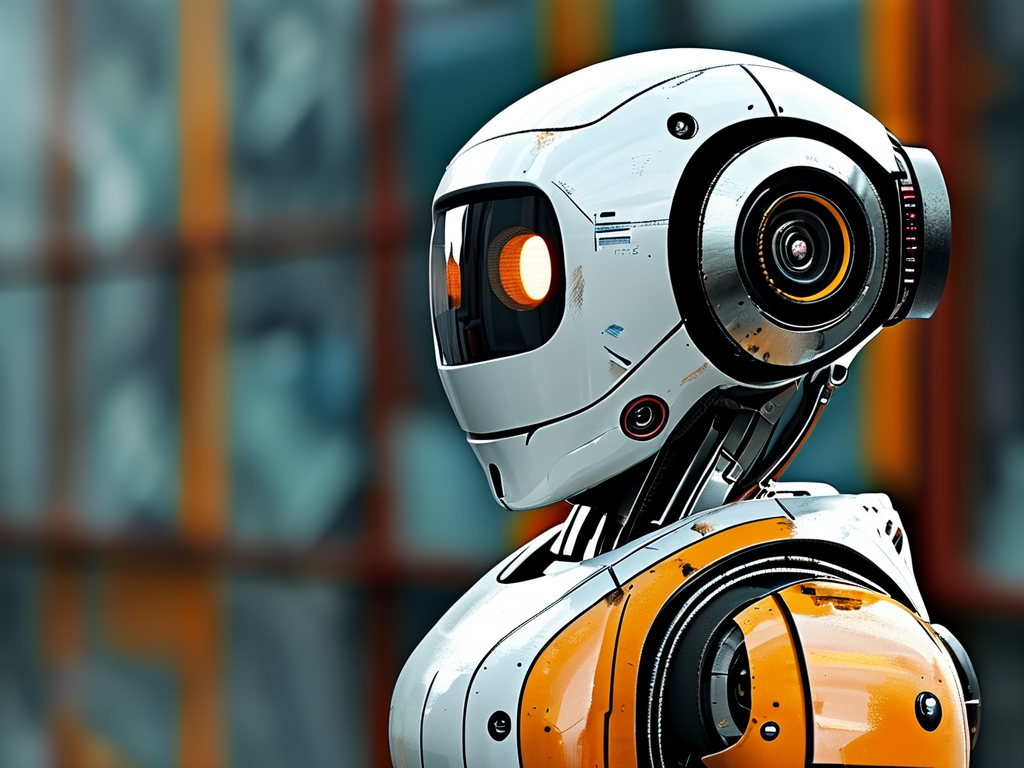
The Academic Framework of Robotics Engineering
Robotics engineering is inherently multidisciplinary, drawing from mechanical engineering, electrical engineering, computer science, and cognitive sciences. Students in this field typically begin with foundational courses in mathematics, physics, and programming. Advanced coursework then branches into specialized areas such as:
- Mechanical Design: Focused on creating robust physical structures, actuators, and sensor integration.
- Control Systems: Teaching algorithms for motion planning, feedback loops, and autonomous decision-making.
- Artificial Intelligence (AI): Covering machine learning, computer vision, and natural language processing to enable human-robot interaction.
- Ethics and Human-Robot Collaboration: Addressing societal impacts, safety protocols, and ethical considerations in deploying robotic systems.
Hands-on projects are a cornerstone of robotics education. Universities often partner with industries to provide students with opportunities to build functional robots—from industrial arms to autonomous drones—ensuring they graduate with both theoretical knowledge and practical expertise.
Applications Transforming Industries
Robotics technology is revolutionizing sectors globally:

- Healthcare: Surgical robots like the da Vinci System enhance precision in operations, while assistive robots aid patients with mobility challenges.
- Manufacturing: Automated assembly lines powered by collaborative robots (cobots) boost efficiency while reducing human error.
- Agriculture: Autonomous tractors and crop-monitoring drones optimize resource usage and yield.
- Space Exploration: Rovers like NASA’s Perseverance exemplify robotics’ role in gathering data from extraterrestrial environments.
- Disaster Response: Robots equipped with thermal imaging and AI navigate hazardous zones during earthquakes or nuclear incidents.
These applications highlight robotics’ versatility in solving complex challenges while improving quality of life.
Career Opportunities and Industry Demand
Graduates in robotics engineering enjoy diverse career paths. Roles include:
- Robotics Software Engineer: Developing AI-driven control systems.
- Automation Specialist: Designing smart factories for industries.
- Research Scientist: Pioneering breakthroughs in humanoid robotics or swarm intelligence.
- Ethics Consultant: Guiding responsible AI and robotics deployment.
The demand for skilled professionals is surging. According to the World Economic Forum, automation could displace 85 million jobs by 2025 but create 97 million new roles—many in robotics and AI. Salaries reflect this demand, with robotics engineers earning an average of $100,000 annually in the U.S., according to the Bureau of Labor Statistics.
Challenges and Future Directions
Despite its promise, robotics faces hurdles:
- Technical Limitations: Battery life, sensor accuracy, and AI’s decision-making transparency remain areas for improvement.
- Ethical Dilemmas: Issues like job displacement, data privacy, and autonomous weapons require global regulatory frameworks.
- Public Perception: Building trust in robots—especially in caregiving roles—demands transparent design and user education.
Looking ahead, emerging trends such as soft robotics (flexible, bio-inspired machines), brain-computer interfaces, and quantum computing integration promise to redefine the field. Educational institutions are also adapting, offering micro-degrees and online certifications to upskill professionals in niche areas like drone engineering or AI ethics.
Robotics engineering is not merely a technical discipline but a catalyst for societal transformation. By blending creativity with engineering rigor, this field empowers professionals to build systems that enhance human capabilities, address global challenges, and push the boundaries of what machines can achieve. As technology evolves, robotics will remain a cornerstone of innovation—making now an ideal time to join this exciting and ever-expanding domain.


